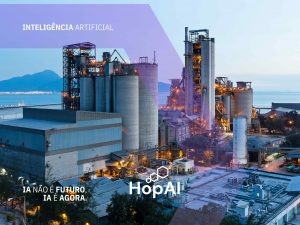Artificial Intelligence (AI) has established itself as a crucial tool for various industries, and the food industry is no exception. The use of AI in this industry has the potential to revolutionize areas such as production, sales, marketing, and logistics. This article explores the benefits of AI in each of these areas, highlighting specific algorithms that efficiently and innovatively solve business problems.
Production
Food production is one of the areas most benefited by AI. The use of machine learning algorithms allows for process optimization, waste reduction, and improved product quality. Through machine learning algorithms, we can predict the ideal amount of inputs needed, minimizing waste and costs. High inventory is one of the biggest problems in the industry since idle inventory is money sitting idle, losing value. Besides the financial cost, there is waste, such as product loss due to expiration. A key indicator for management is OTIF – On-Time In-Full, which aims to deliver products on time and in the quantity requested by the customer. Losing sales due to lack of stock or delayed delivery is as bad as having excess idle inventory. Producing and stocking item A while the customer asks for item B, which is out of stock this month, is terrible due to the risk of losing the sale and the customer who may seek the product from a competitor. Therefore, getting production right to have the minimum possible inventory (safety), given the monthly sales variation and all variables that can impact the forecast, is an important competitive advantage.
Sales
In the sales sector, AI offers solutions to predict demand and manage inventory more accurately. This is the first step in the process that reaches production planning. If there is a good sales forecast for the coming months, production can prepare, produce correctly, and optimize the previously mentioned OTIF. Time series algorithms, such as Facebook’s Prophet, can be used to develop this project by analyzing historical data and predicting future sales trends. This allows companies to adjust their inventory levels according to the predicted demand, avoiding both excess and shortage of products.
At a recent HopAI client, AI achieved incredible results like those published in ISTO É Dinheiro magazine (https://istoedinheiro.com.br/empresa-lider-em-aromas-para-industria-alimenticia-cria-a-propria-ia/):
- As the company stores an average of 2.5 thousand tons of products, equivalent to R$ 350 million, AI already guarantees a reduction of R$ 35 million to R$ 40 million per year.
- Externally, the company increased the revenue of its ice cream division by 33% in 2023 compared to 2022.
Such results would not be possible with small projects using ChatGPT, for example. It requires specialized algorithms that learn from client data and are developed for mapped use cases that generate high ROI. In the case mentioned above, there is a model for each SKU, predicting sales for each region of Brazil by SKU and incorporating external variables into the forecasts.
Additionally, AI can personalize the customer experience. Recommendation algorithms, such as K-means clustering, segment customers based on their purchasing behaviors, offering personalized product recommendations. This approach not only increases sales but also improves customer satisfaction and loyalty.
Marketing
In marketing, AI facilitates the creation of more targeted and effective campaigns. The use of natural language processing (NLP) algorithms, such as BERT, allows for the analysis of large volumes of social media data and customer feedback to identify trends and preferences. This enables the creation of marketing campaigns that better resonate with the target audience.
Moreover, AI can optimize the allocation of marketing budgets. Optimization algorithms, such as Gradient Boosting, can analyze data from previous campaign performances and allocate marketing resources more efficiently, maximizing return on investment (ROI).
Marketing is not just advertising or campaigns; it can be the intelligence of the company. It is this area that captures market trends, directs sales, defines business strategies, customer profiles, etc. Getting marketing right is the first step to better sales and optimized OTIF in the end. Everything is interconnected in corporations.
R&D
Another area to benefit from AI is product research and development. Creating food products can involve numerous variables, from finding the best flavors and combinations that please customers to extensive testing. Sometimes, feedback from a product launched today may take months to be validated by the market.
We then have two crucial points:
- What items are ideal to be combined for this new product to be created? What are its inputs, quantities, etc.?
- Given the products already developed, how can we quickly evaluate if something similar has already been developed for what is being planned now? What would be similar? Where are these products and what are their results?
AI, through material similarity algorithms, can generate these recommendations of similar items, crossing an infinite number of product characteristics and components that would be unimaginable for a human to remember or a common system to calculate quickly. Once similar items are found, we have two benefits: 1) Not wasting time recreating something similar; 2) Reducing inventory by releasing stored items that can meet commercial orders.
AI can even act in product creation itself. AI can read an entire database of inputs and product characteristics and suggest ingredients and quantities, generating new products or alterations to existing ones that may have higher demand from the target audience.
Logistics
Logistics is another area where AI can bring significant improvements. Route optimization algorithms, such as Dijkstra, help plan more efficient delivery routes, reducing transportation costs and improving delivery times. Additionally, forecasting algorithms, such as ARIMA, can predict transportation demand and adjust logistical operations in real-time.
AI can also improve warehouse management. Pattern recognition algorithms, such as Artificial Neural Networks (ANNs), can be used to optimize product placement in the warehouse, reducing picking time and improving operational efficiency.
If the fleet is owned, what is the best time to stop a truck or plane for maintenance? What to replace? How to optimize fleets, routes, and stops for the best possible performance? Again, AI can generate significant results in this management.
Conclusion
Artificial Intelligence in the food industry offers numerous benefits, from production optimization to improved customer experience. It is here to stay and deliver results. The use of specific algorithms to solve business problems in each area allows companies in the sector to become more efficient, competitive, and innovative. As technology continues to advance, AI promises to further transform the food industry, creating opportunities for continuous improvement and sustainability.
Here is a final suggestion: Do not create a “SUPER AI” at the beginning; do not try to change everything at once. AI projects naturally connect within the company, each generating value in their departments with their tasks. The sales AI will pass a good sales forecast to the production planning AI, and so on. Creating each project separately results in faster outcomes, does not exceed budgets, reduces the risk of errors, and generates quick wins to overcome resistance within the organization.
Another important conclusion: Companies that have already started developing departmental AI projects are already ahead. They are already training their models, improving, validating in production, and achieving results quickly that can be a differentiator in the sector. Late entrants may face significant difficulties in catching up with pioneers because they will have to go through the entire development to implementation process, achieving the same current results (minus the development cost), while a competitor may already be achieving profit margins, cost reductions, and delivery time reductions, for example, among other benefits that alter final prices, potentially making it impossible for competitors not to achieve such results. It is not the time to be overly cautious; it is time to invest in AI.



